Ensuring Bulk Rattan Chairs Meet Export Quality Standards
 Feb 18,2025
Feb 18,2025

 Topmax Furniture
Topmax Furniture
Weather Resistance Testing
Structural Stability and Load-Bearing Capacity
Ensuring Consistency Across Bulk Orders
As the demand for rattan furniture continues to grow in international markets, bulk rattan chairs have become a top choice for businesses catering to hospitality, outdoor living, and commercial spaces. Their aesthetic appeal, durability, and lightweight structure make them a preferred option for wholesalers and importers. However, ensuring consistent quality across large shipments is crucial for maintaining brand reputation and customer satisfaction.
When purchasing bulk rattan chairs for export, importers must address several key aspects, including material durability, weather resistance, structural integrity, and compliance with international safety standards. A single defective batch can result in significant financial losses and reputational damage, making quality assurance a top priority.
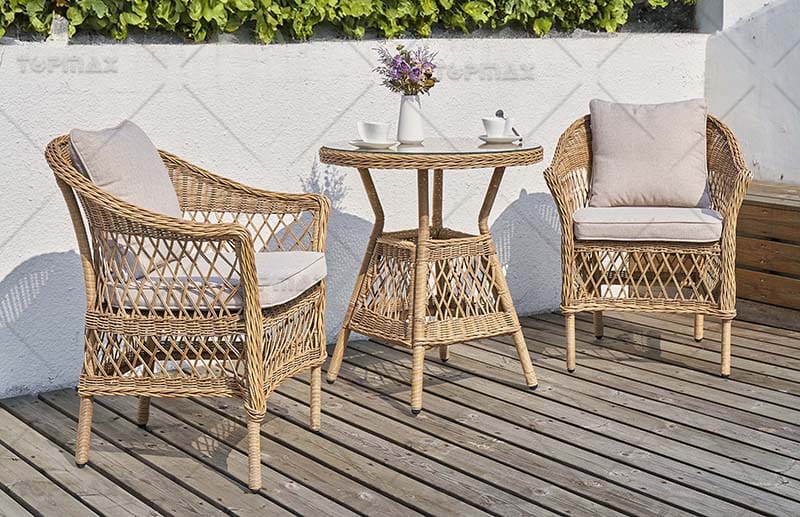
Weather Resistance Testing
One of the defining characteristics of rattan furniture is its ability to withstand the elements, making it an ideal choice for outdoor and semi-outdoor spaces. The quality of rattan patio chairs depends heavily on the materials used in their construction. While natural rattan is known for its traditional aesthetic and lightweight feel, synthetic rattan (PE rattan) is more commonly used in modern manufacturing due to its superior durability and weather resistance. However, ensuring that bulk rattan chairs retain their beauty and functionality over time requires rigorous weather resistance testing.
1. Exposure to Extreme Conditions:
Simulating various climatic conditions is crucial. This includes exposing samples to direct sunlight, high humidity, temperature fluctuations, and even rain simulations. UV resistance testing is particularly important as it assesses the material's ability to resist fading and degradation caused by prolonged sun exposure. Manufacturers should opt for advanced testing equipment that can replicate these extreme conditions accurately over an accelerated timeframe.
2. Material Durability:
The type of rattan used (natural or synthetic) plays a pivotal role in weather resistance. Natural rattan, though beautiful, requires special treatment to enhance its durability. Synthetic rattan, often made from polyethylene or PVC, offers better resistance to weathering but still needs to undergo rigorous testing to ensure it maintains its integrity. Testing should focus on the material's ability to retain its shape, color, and strength after prolonged exposure to harsh elements.
3. Coating and Finishes:
Protective coatings and finishes can significantly enhance a rattan chair's weather resistance. Testing should include evaluating the effectiveness of these coatings in preventing moisture absorption, cracking, and peeling. Water repellency tests and salt spray tests (to simulate coastal environments) are essential to assess the coating's durability.
4. Maintenance and Care Instructions:
Alongside testing, providing comprehensive care instructions for end-users is crucial. This includes guidelines on regular cleaning, avoiding harsh chemicals, and storing the rattan patio chairs properly when not in use. Manufacturers should ensure these instructions are clear, easy to follow, and translated into multiple languages for international markets.
Structural Stability and Load-Bearing Capacity
Bulk rattan chairs, especially those intended for commercial use, must support varying weights and usage patterns without compromising safety or comfort. Load-bearing and stability testing are essential to verify a chair's structural integrity.
Load - Bearing Testing
To test the load - bearing capacity of bulk rattan chairs, a standardized weight is applied to the seat and backrest of the chair. The weight is gradually increased until the chair reaches its maximum load - bearing limit. This limit is usually determined based on international standards, such as those set by the International Organization for Standardization (ISO). The chair is then inspected for any signs of structural damage, such as broken rattan fibers, loosened joints, or deformed frames.
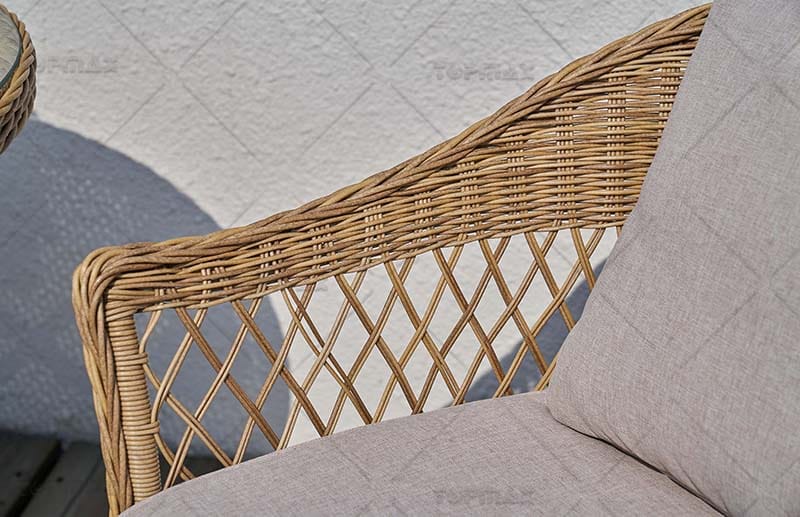
Stability Testing
Stability testing is equally important. A chair that is unstable can tip over easily, causing injury to the user. To test the stability of rattan patio chairs, they are placed on an uneven surface, and a lateral force is applied to the chair. The force is gradually increased until the chair tips over. The amount of force required to tip the chair is measured, and the results are compared to the relevant stability standards.
Ensuring Consistency Across Bulk Orders
Maintaining consistency in quality, design, and finish across bulk orders is a significant challenge for furniture manufacturers, especially when dealing with natural materials like rattan. Inconsistencies in color, size, or construction can lead to a disjointed look when the rattan patio chairs are used together, and can also raise concerns about the overall quality of the order.
Sourcing and Selection:
The quality of raw materials is the foundation for consistent output. Establishing long-term relationships with reputable suppliers who adhere to strict quality control measures is crucial. For natural rattan, this means selecting material from sustainable sources that meet international standards for environmental sustainability and ethical sourcing. For synthetic rattan, ensuring batch-to-batch consistency in material composition and color is vital.
Standardized Production Processes:
Implementing standardized production processes and quality control checks at every stage of manufacturing is essential. This includes strict adherence to design specifications, consistent use of tools and machinery, and regular calibration of equipment to prevent variations. Detailed work instructions and training programs for workers can help achieve this standardization.
Sampling and Inspection
The samples should be thoroughly inspected for quality, including weather resistance, load - bearing capacity, and stability. And during the production process, regular inspections should be carried out to ensure that the rattan patio chairs being produced meet the approved sample's quality.
Packaging and Shipping:
Proper packaging plays a crucial role in maintaining product integrity during transit. Custom-designed packaging solutions that protect against impact, moisture, and temperature fluctuations should be employed. Additionally, implementing a robust shipping protocol that includes tracking and insurance can provide peace of mind to both manufacturers and customers.
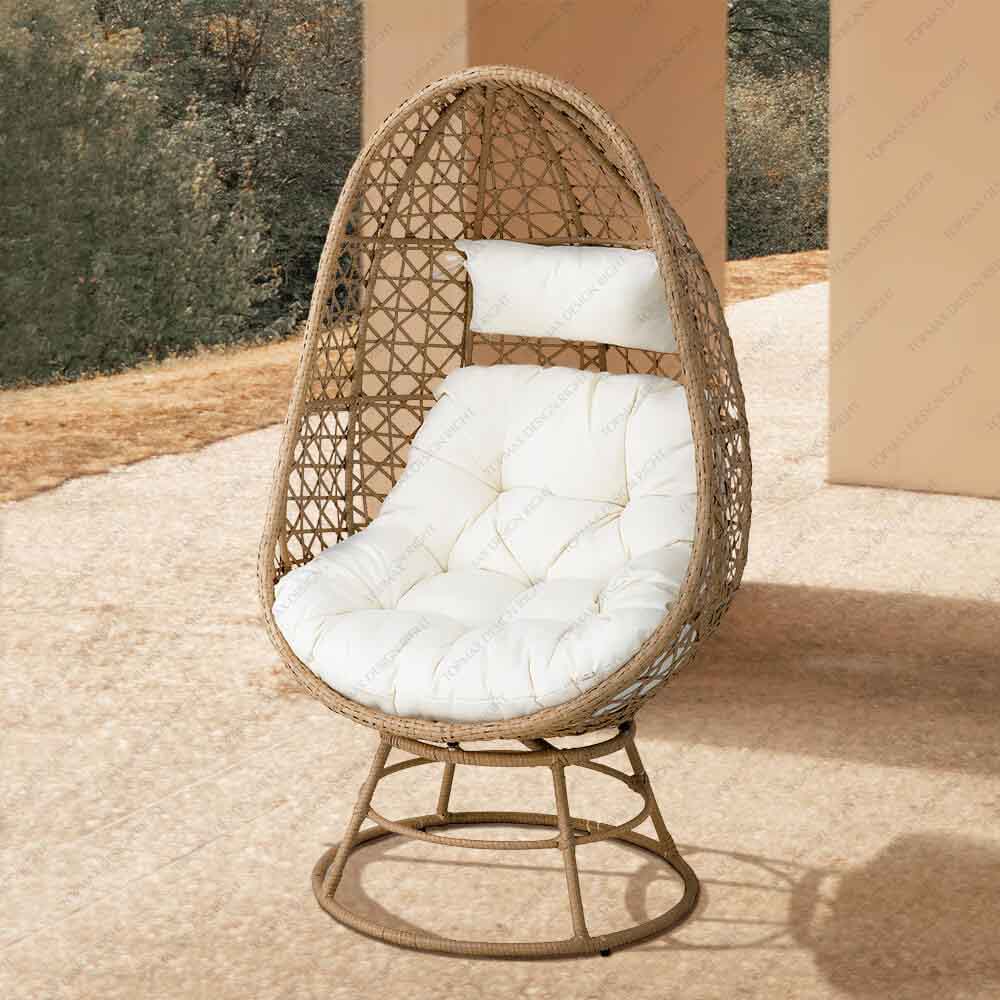
Ensuring that the quality of bulk rattan chairs meets export standards requires a comprehensive approach that encompasses weather resistance testing, load - bearing and stability testing, and maintaining consistency in large - scale orders. The weather resistance of rattan patio chairs is crucial for their long - term durability, especially in outdoor settings. Load - bearing and stability testing are essential for the safety and functionality of the rattan patio chairs. And maintaining consistency across the entire order is necessary to ensure a uniform and high - quality product.
For furniture importers and retailers, investing time and resources in quality control is not only a legal requirement but also a smart business decision. By ensuring that the bulk rattan chairs they purchase meet international standards, they can protect their brand reputation, avoid costly returns, and satisfy their customers in the global market. As the demand for rattan furniture continues to grow, the importance of quality control in the procurement of bulk rattan chairs will only increase. Therefore, it is essential for all stakeholders in the furniture industry to stay informed about the latest quality standards and testing methods and to implement robust quality control measures in their business operations.
 Inquire Now
Inquire Now



 Home
Home The Impact of Eco-Friendly Materials on the Wholesale Bistro Chairs Market
The Impact of Eco-Friendly Materials on the Wholesale Bistro Chairs Market  You May Also Like
You May Also Like 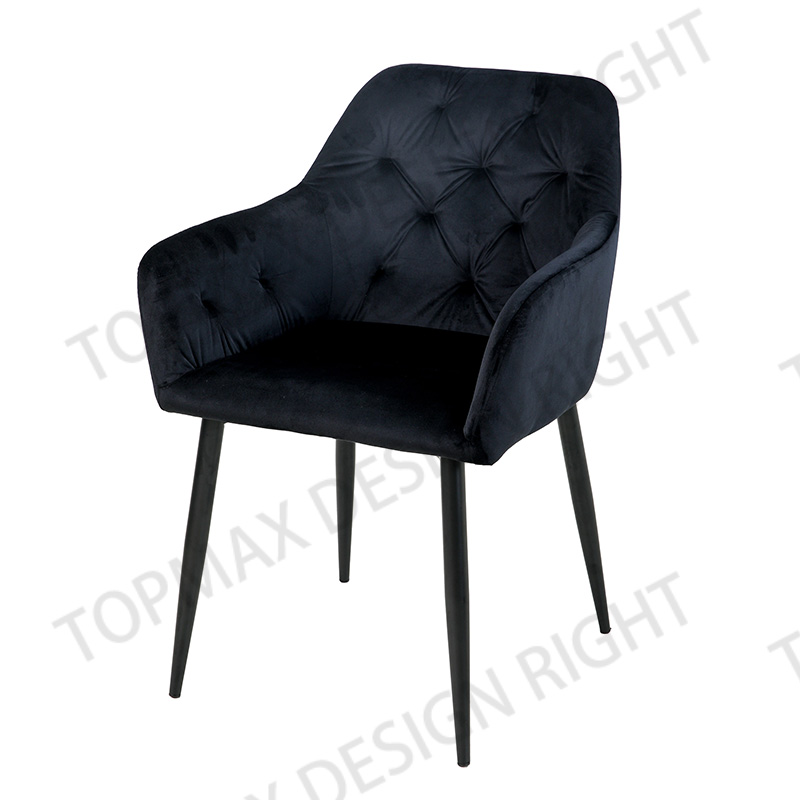

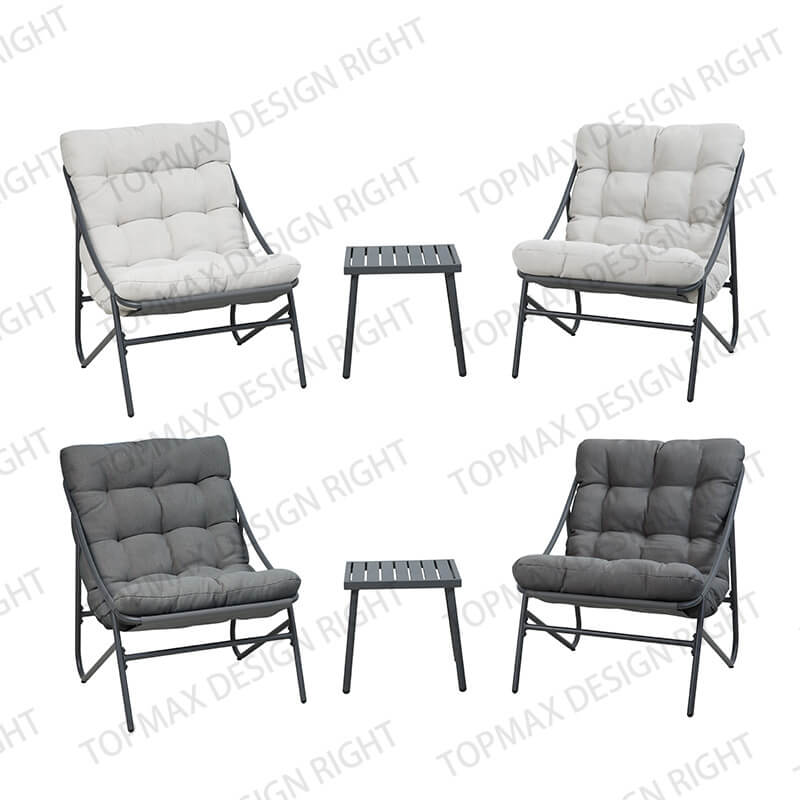
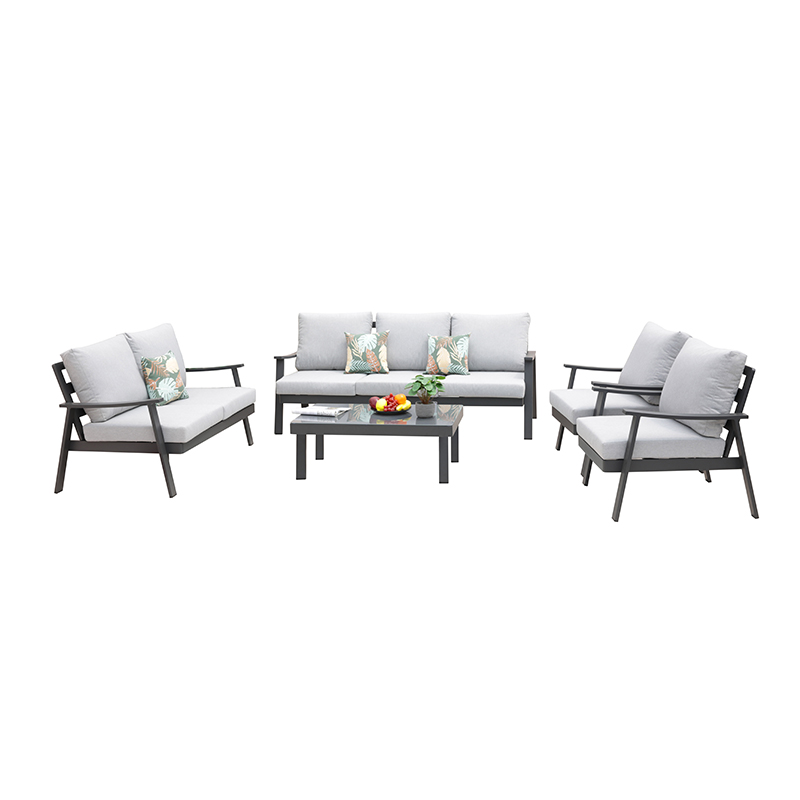

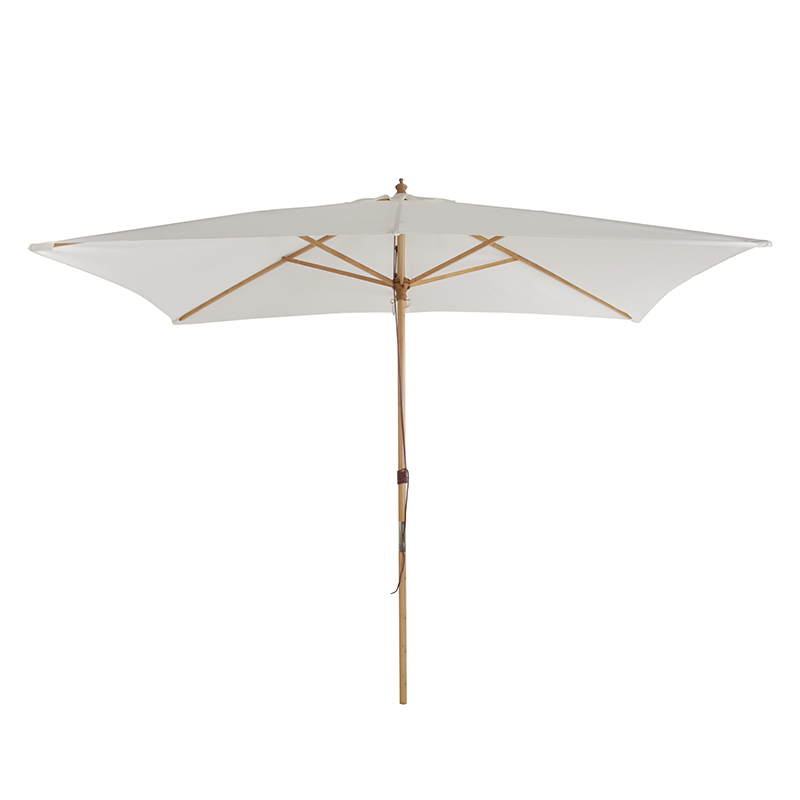
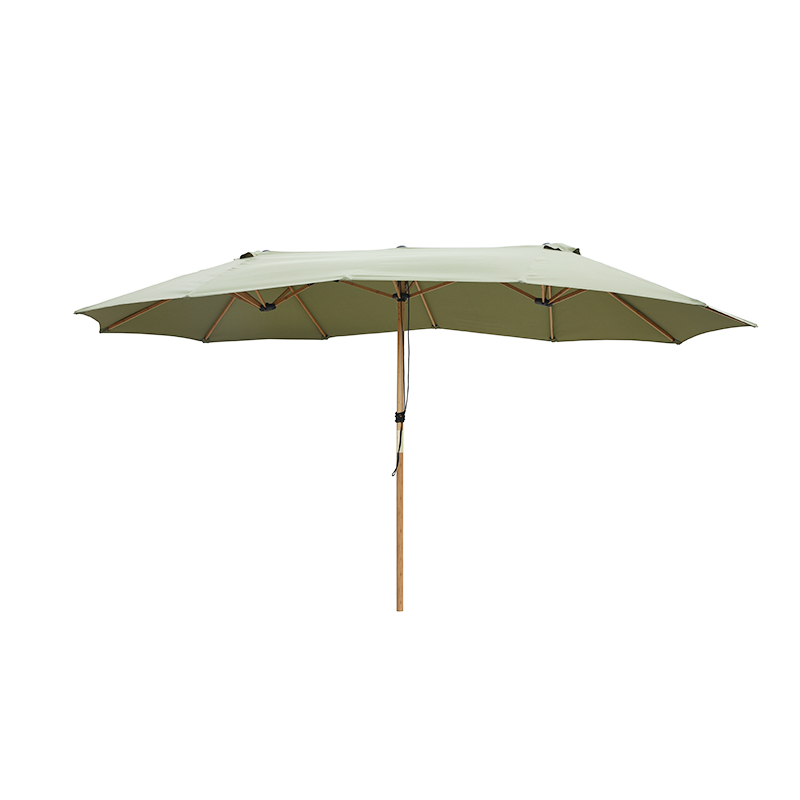
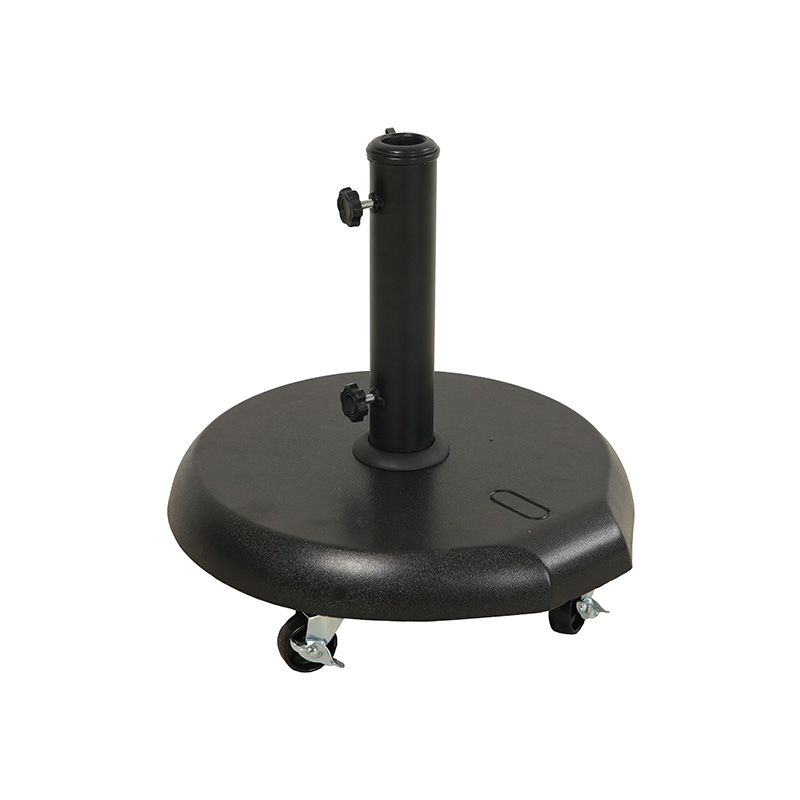
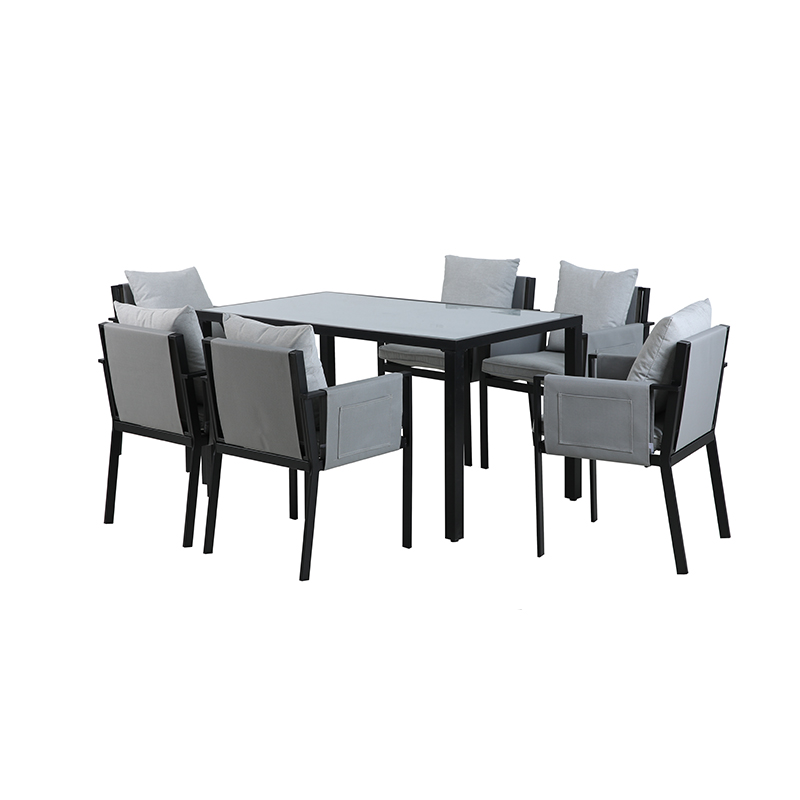
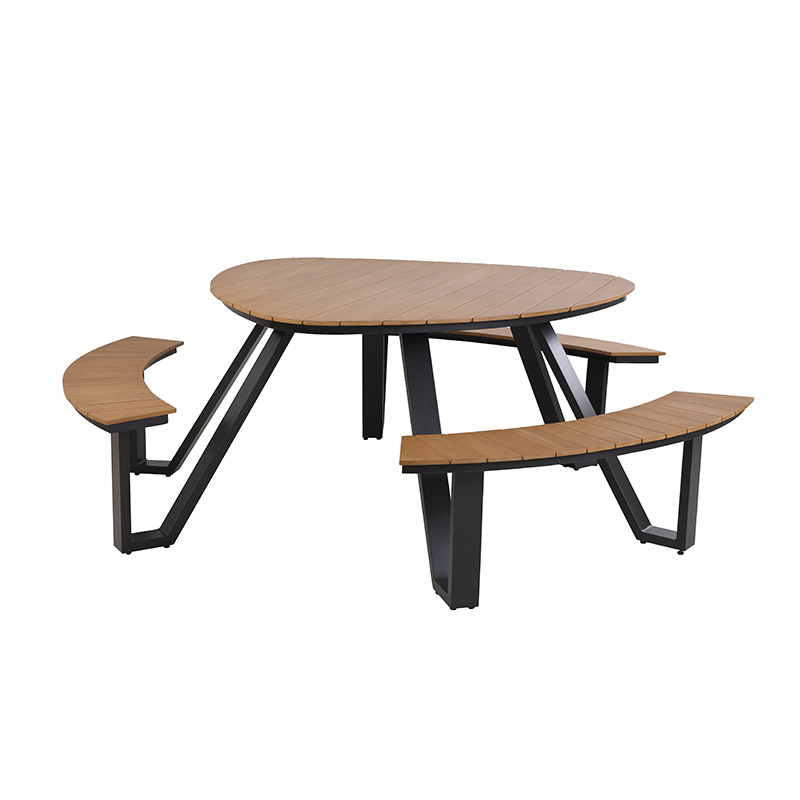
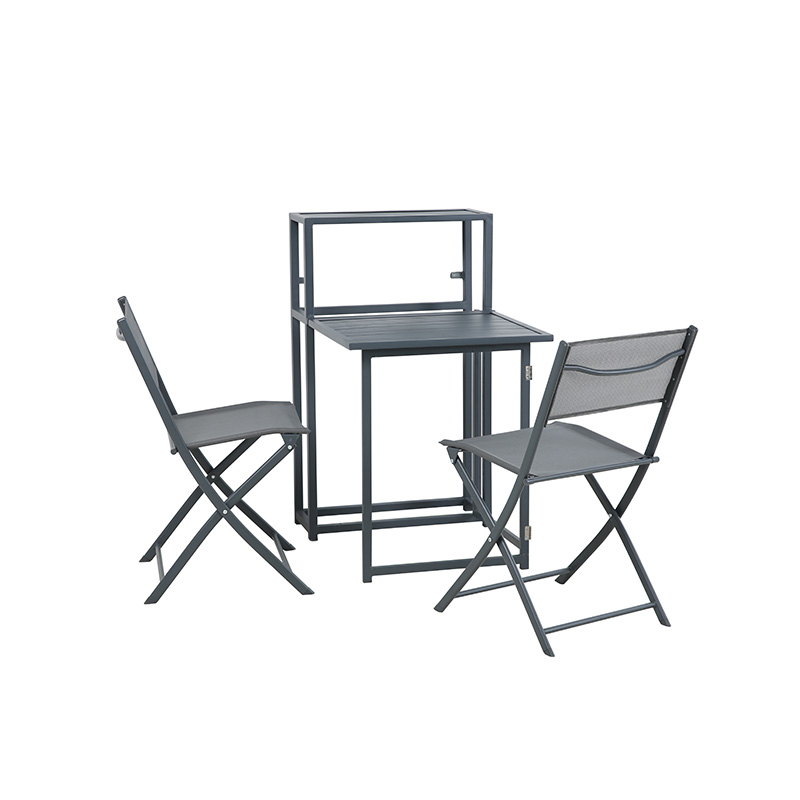
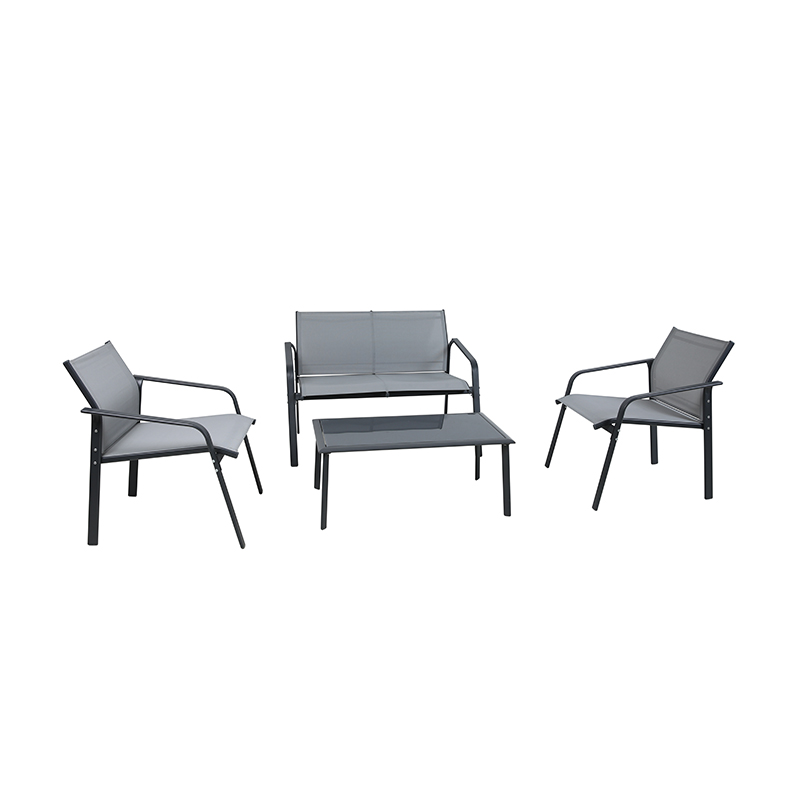
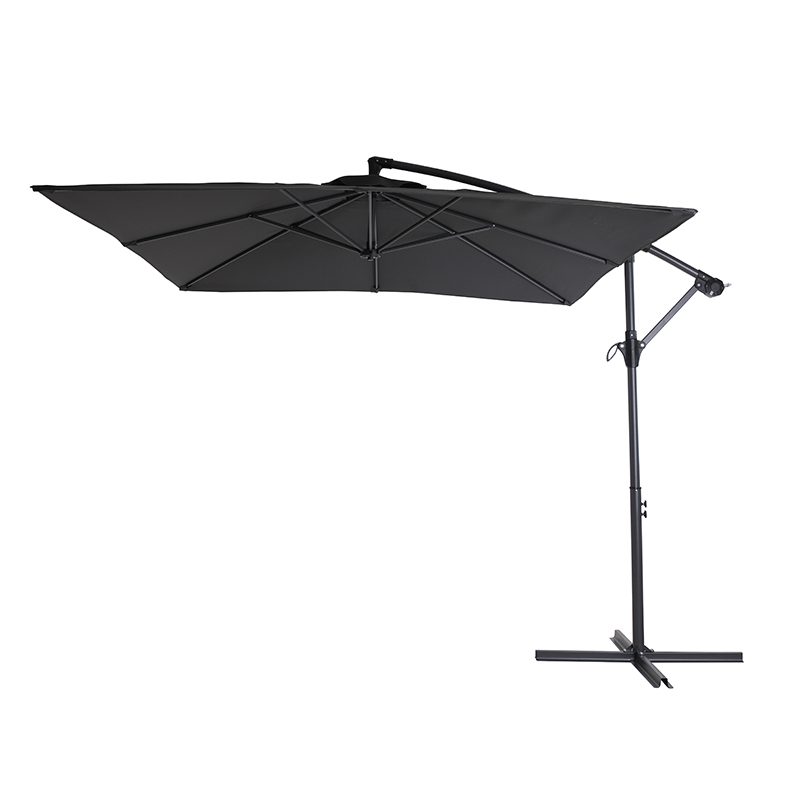
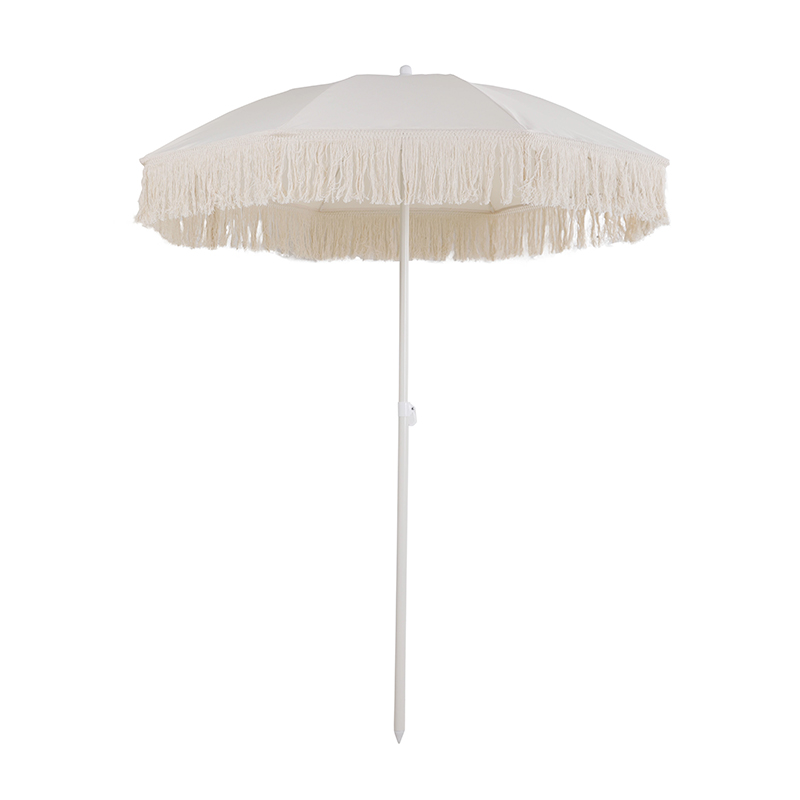
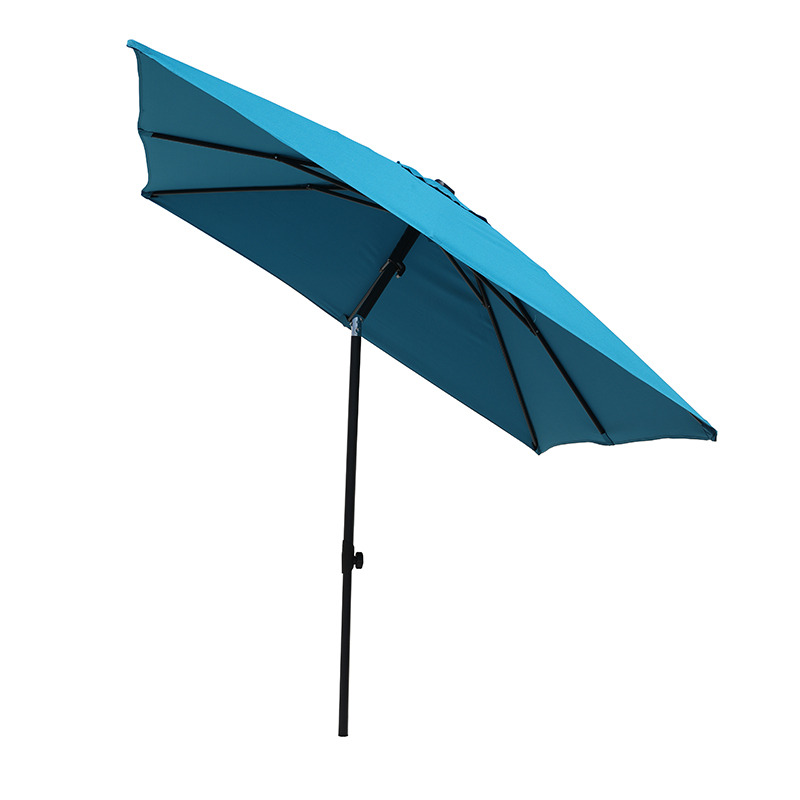
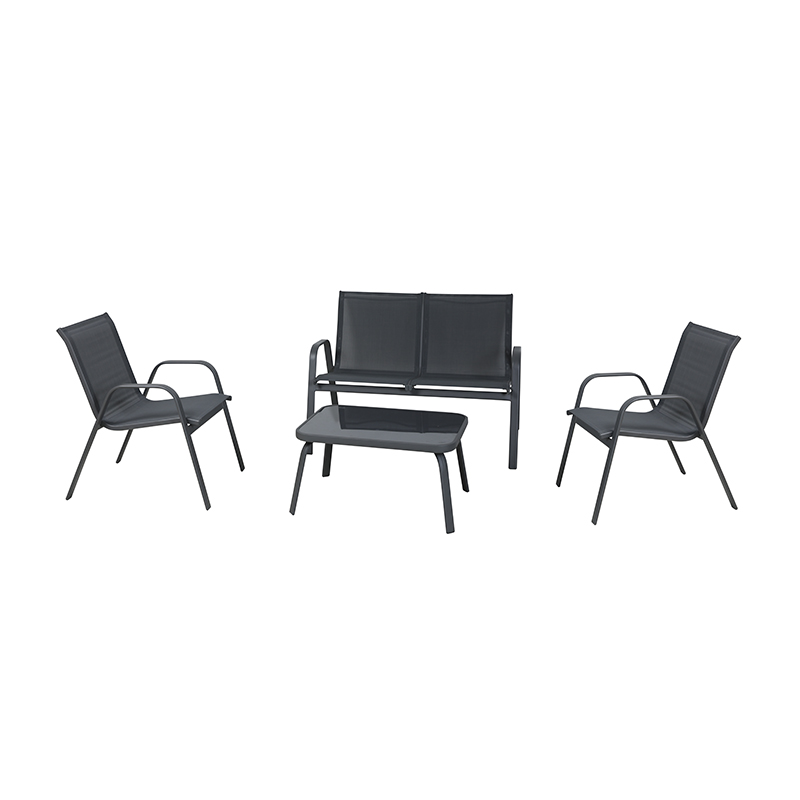
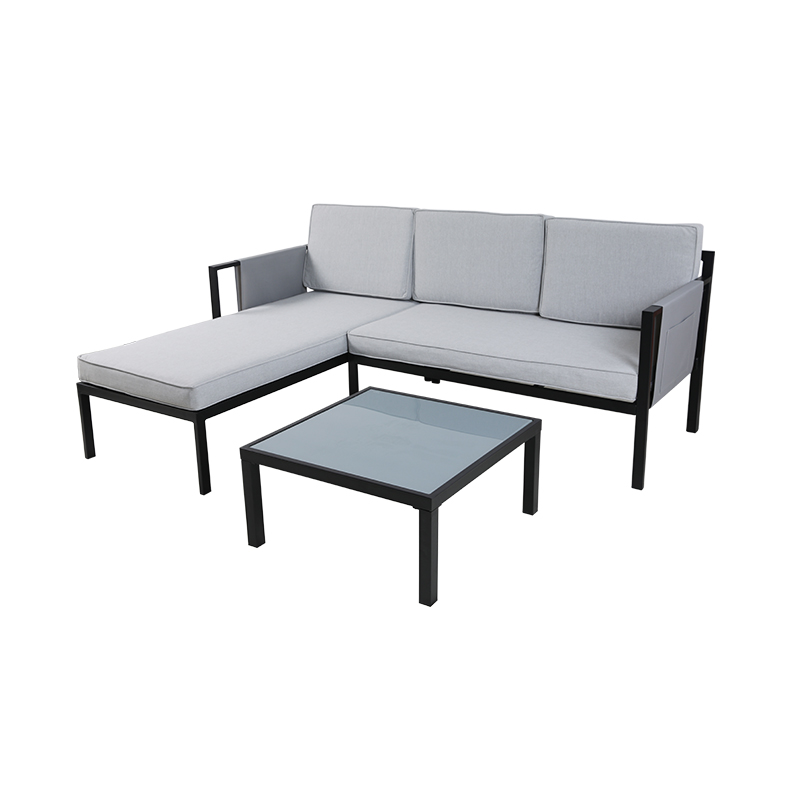
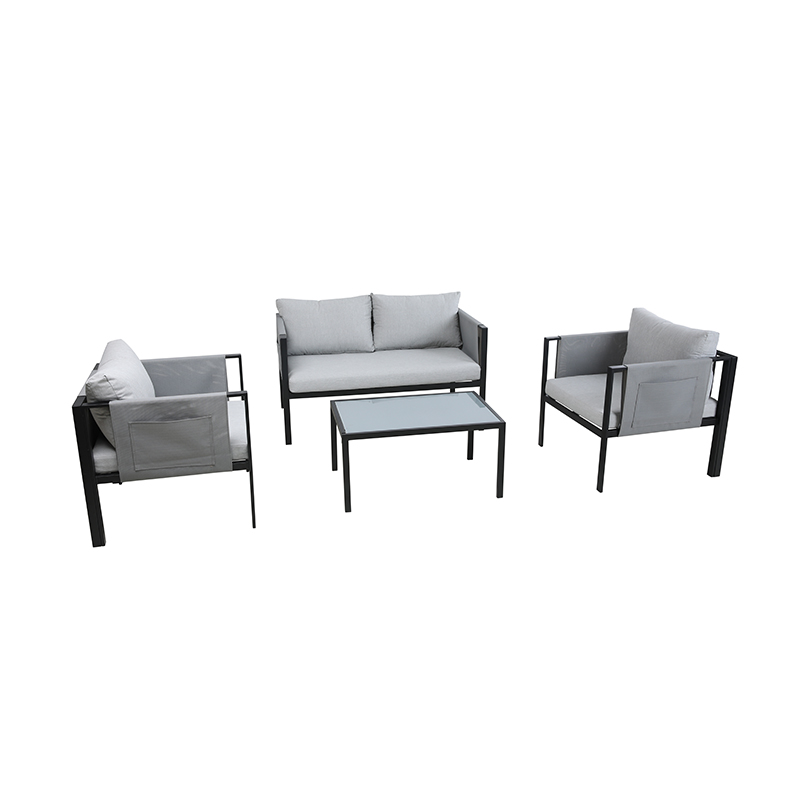

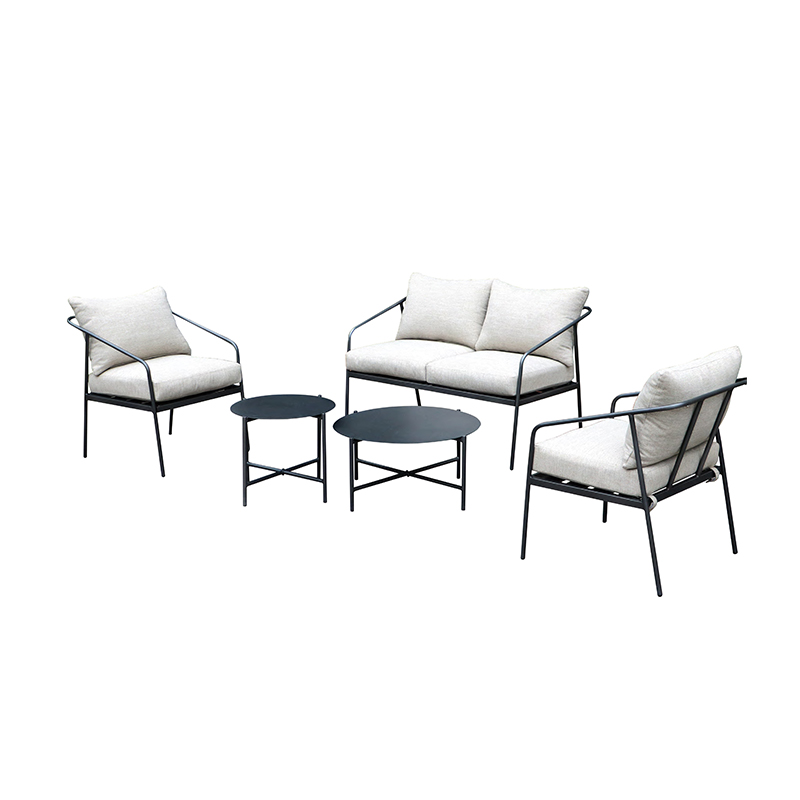
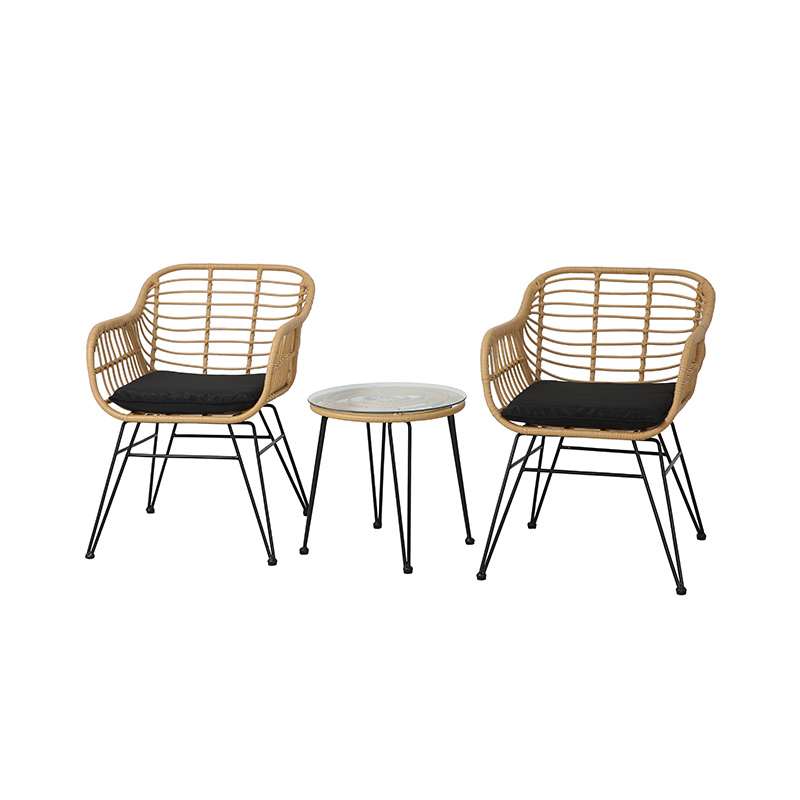

 Tel
Tel  Email
Email  ADDRESS
ADDRESS 














